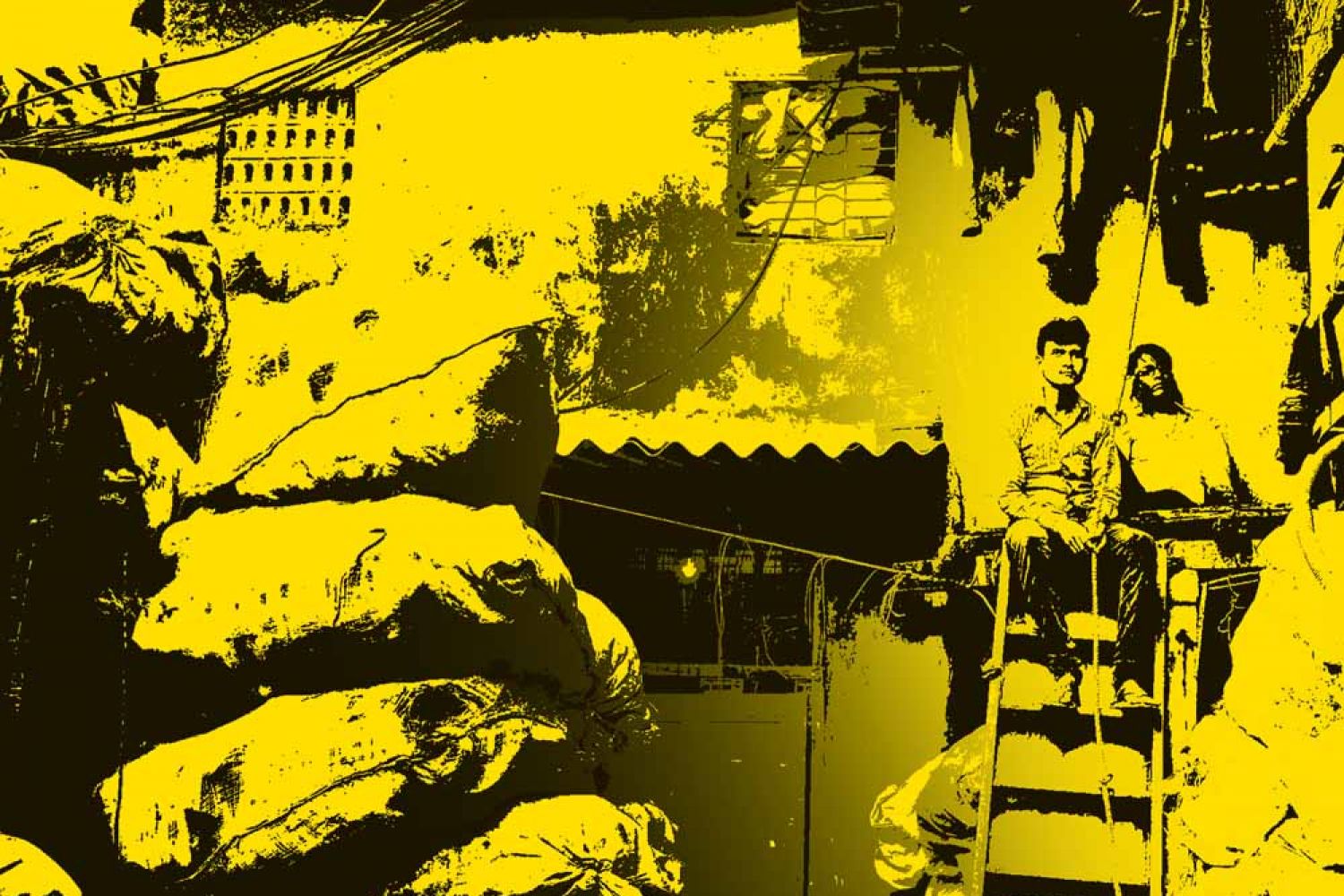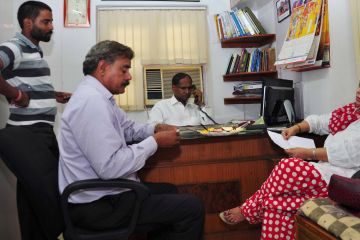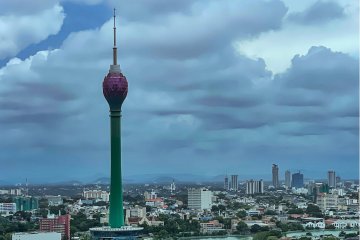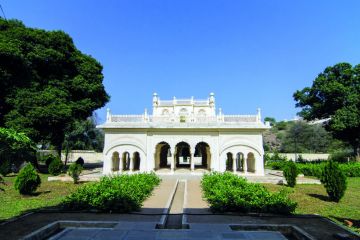
On the corner of a bylane in Shakir
Compound, Khwaja Salam sat on a yellow plastic chair. The noise of the grinder
from his small factory, as it crushed plastic into little pellets often
interrupted his conversation with six other men. They were talking about dhanda
(business), karobar (trade) and rokra (cash). Money. On good days in Dharavi, the slum
metropolis at the heart of Mumbai, that’s what people spoke about. On bad days
that’s what people moaned about. Despite the sudden recall





